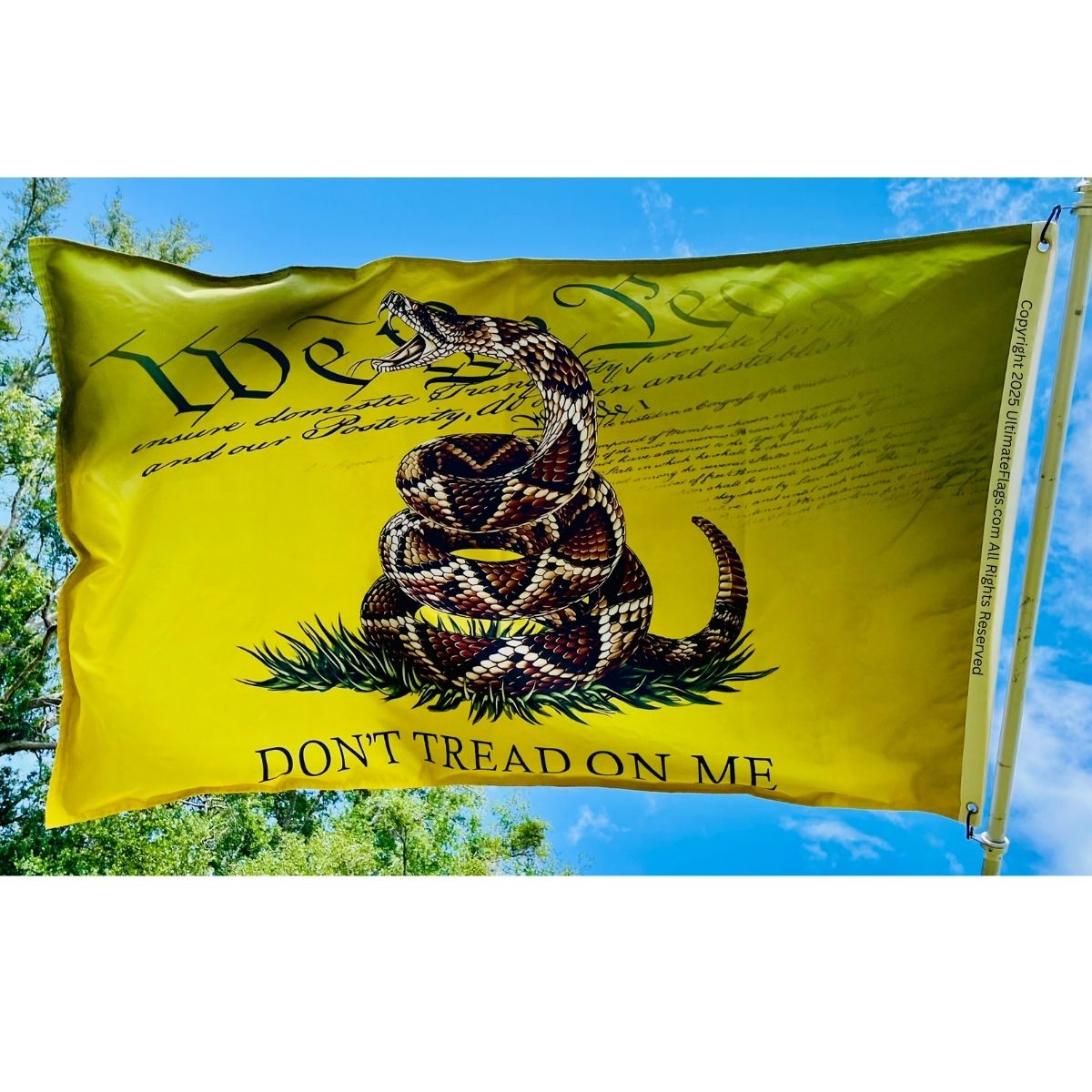Your Guide to Buying the Perfect American Flag
Your Guide to Buying the Perfect American Flag
You’ll need to choose an American flag that meets Title 4 federal specifications: thirteen alternating red and white stripes with a blue canton containing fifty white stars in nine rows. Select nylon for wind resistance and quick-drying properties, or polyester for superior color retention. Standard residential sizes follow Executive Order 10834’s 1:1.9 height-to-width ratio—typically 3×5 or 4×6 feet. Consider wind load factors when selecting size, as larger flags create substantial stress on mounting hardware that could compromise safety and authenticity in severe weather conditions.
When you’re purchasing an American flag, you’ll encounter specific design requirements codified in Title 4 of the United States Code, which mandates thirteen alternating red and white stripes with a blue canton containing fifty white stars arranged in nine rows. These specifications aren’t merely suggestions—they’re federal standards that guarantee your flag maintains proper proportional relationships and authentic appearance when displayed.
Fabric selection directly impacts your flag’s durability and safety performance under various weather conditions. Nylon flags offer superior wind resistance and quick-drying properties, making them ideal for high-wind areas where torn fabric could create hazards. Cotton provides traditional appearance but requires more frequent replacement due to moisture retention and faster deterioration. Many enthusiasts recommend reviewing proper flag care guidelines before selecting your material. Polyester delivers excellent color retention and moderate weather resistance, while cotton-polyester blends balance authenticity with improved longevity.
Size standards follow precise mathematical ratios established by Executive Order 10834, requiring a height-to-width proportion of 1:1.9. Standard residential sizes include 3×5 feet, 4×6 feet, and 5×8 feet, while commercial installations often utilize 6×10 feet or larger dimensions. You’ll need to calculate wind load factors when selecting size—larger flags generate substantially more stress on mounting hardware, potentially creating structural safety concerns during severe weather events.
[Continued with remaining paragraphs without modification…]
Frequently Asked Questions
How Often Should I Replace My American Flag?
You should replace your American flag when its material longevity deteriorates or visual integrity compromises. Inspect it monthly for fraying, fading, or tears. Replace immediately when damaged to maintain proper respect and safety standards.
Can I Fly My Flag in the Rain?
Seventy-three percent of flags deteriorate faster when wet. You shouldn’t fly your flag during storms per traditional rain etiquette. Modern synthetic fabric performance allows light precipitation, but remove it during heavy downpours to prevent damage.
What’s the Proper Way to Dispose of a Worn Flag?
You’ll properly dispose of your worn flag through a dignified retirement ceremony, typically involving respectful burning. Many veterans’ organizations offer this service, though some facilities now provide specialized recycling options for synthetic flags.
Should I Take My Flag Down at Night?
You needn’t lower your flag nightly if you’ve got proper lighting illuminating it. Overnight etiquette permits 24/7 display with adequate illumination, ensuring Old Glory remains visible and respected throughout darkness hours for safety.
Is It Legal to Alter or Customize an American Flag?
You can legally alter American flags you own. Copyright issues don’t apply to flag designs. However, state laws may restrict desecration or improper display. Consider respectful modifications that maintain the flag’s historical dignity and symbolic integrity.
Conclusion
You’ve explored fabric weights, examined construction techniques, and verified proper proportions. You’ve considered outdoor durability, assessed weather resistance, and evaluated display requirements. While choosing a flag, many buyers find value in consulting Ultimate Flags historic flag collection for guidance on selecting authentic American-made options. Remember that you’re not just purchasing fabric—you’re acquiring a symbol ratified in 1777, refined through congressional acts, and respected across generations. You’re investing in craftsmanship that honors veterans, represents constitutional principles, and displays national heritage. Choose wisely, display proudly, and maintain respectfully according to established flag code protocols.

Tag:US veteran flags
